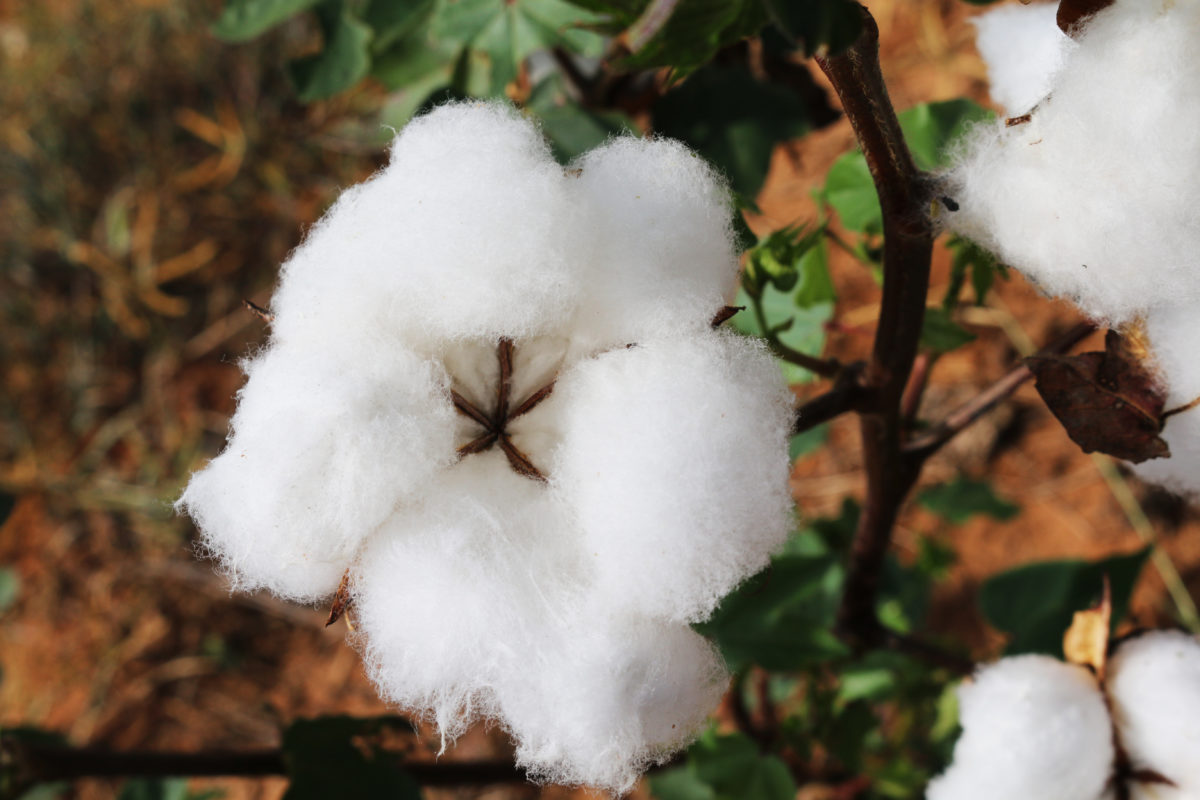Indian scientists have developed a low-cost and environment-friendly fabrication method for supercapacitor devices by utilizing industrial waste cotton as the electrode material and natural seawater-based electrolyte. The simple and sustainable supercapacitor developed shows excellent potential for practical implementation as energy storage in self-powered devices using solar cells.
The supercapacitor device was developed by the International Advanced Research Centre for Powder Metallurgy and New Materials (ARCI), an autonomous organization of the Department of Science and Technology, Government of India.
In their study, ARCI scientists found that their natural seawater-based supercapacitor exhibited maximum capacitances at a current density of 1 ampere/gm (Ag-1). Besides, it showed excellent durability upon 10,000 charge-discharge cycles with 99% of capacitance retention and 99% of Coulombic efficiency (efficiency with which charge is transferred in a system facilitating an electrochemical reaction).
Fabrication and application
In their search for low-cost materials to make affordable supercapacitor, the ARCI scientists converted industrial waste cotton into highly porous carbon fibers by the activation process. They then utilised the porous carbon fibers to make high-performance supercapacitor electrodes.
They explored natural seawater as an environment-friendly, cost-effective and scalable substitute for the existing aqueous-based electrolytes.
The research team successfully demonstrated that the seawater-based supercapacitor could be combined with solar cells to enable low-cost, eco-friendly and efficient self-powered devices capable of energy storage. Thus, the integrated solar cell with supercapacitor can be used as an energy harvester storage device due to its long cycle life and maintenance-free power supply.
“The large-scale use of renewable energy requires the creation of matching capacity for inexpensive electrical energy storage. This study provides a solution for the fabrication of supercapacitors from such abundant materials as waste cotton and seawater! It is an excellent example of the creative science for the sustainable, green processes embedding principles of waste-to-wealth,” said Prof Ashutosh Sharma, Secretary, DST.
This content is protected by copyright and may not be reused. If you want to cooperate with us and would like to reuse some of our content, please contact: editors@pv-magazine.com.









1 comment
By submitting this form you agree to pv magazine using your data for the purposes of publishing your comment.
Your personal data will only be disclosed or otherwise transmitted to third parties for the purposes of spam filtering or if this is necessary for technical maintenance of the website. Any other transfer to third parties will not take place unless this is justified on the basis of applicable data protection regulations or if pv magazine is legally obliged to do so.
You may revoke this consent at any time with effect for the future, in which case your personal data will be deleted immediately. Otherwise, your data will be deleted if pv magazine has processed your request or the purpose of data storage is fulfilled.
Further information on data privacy can be found in our Data Protection Policy.